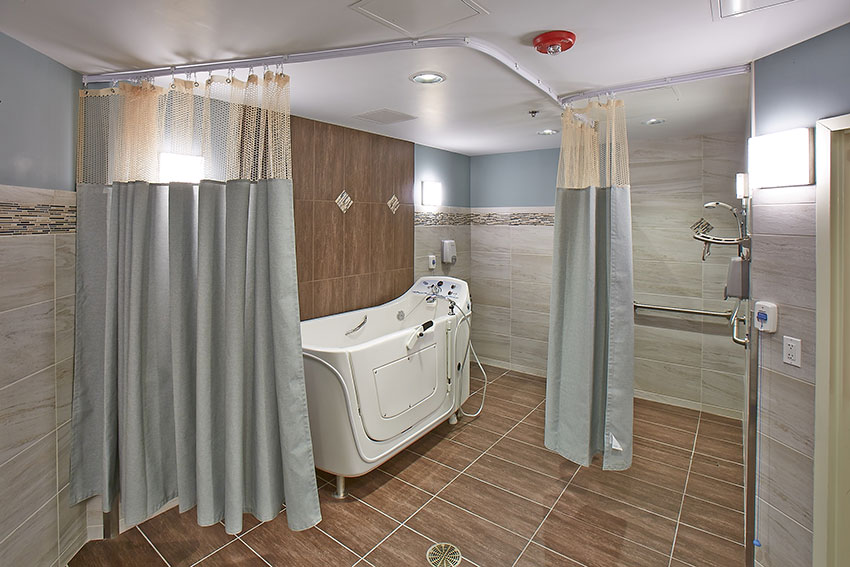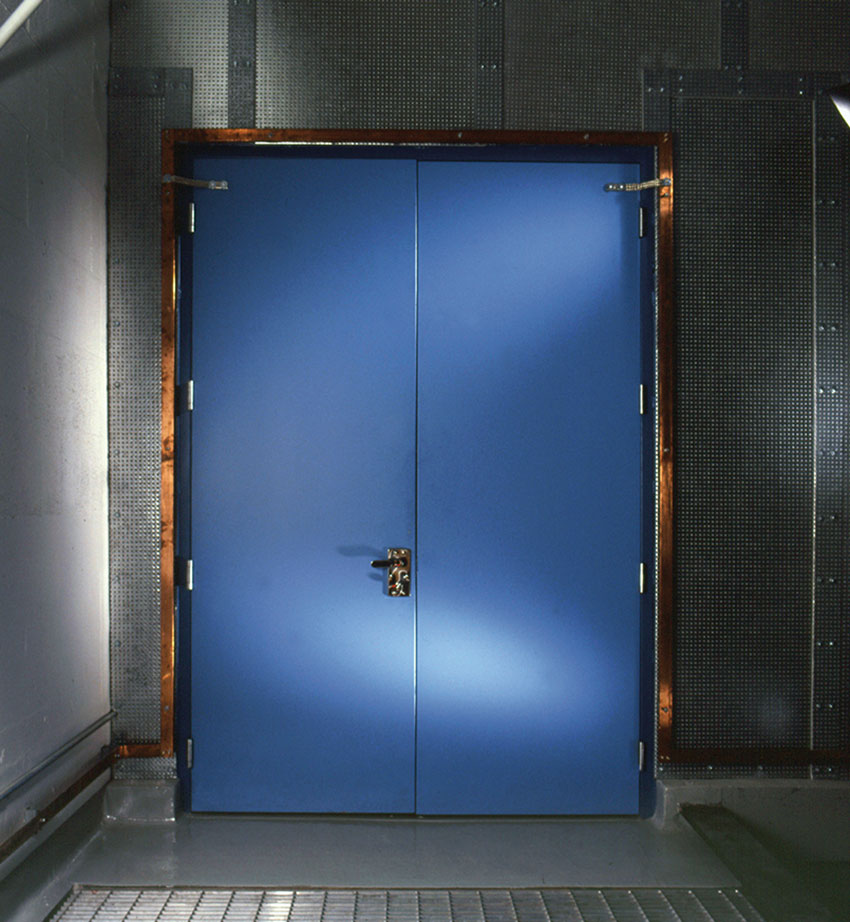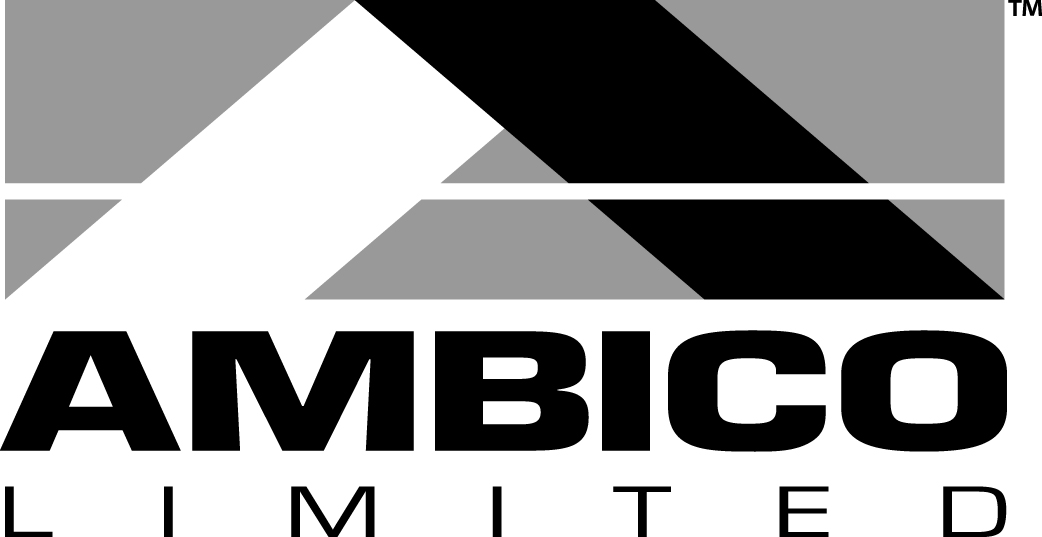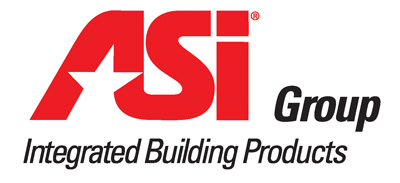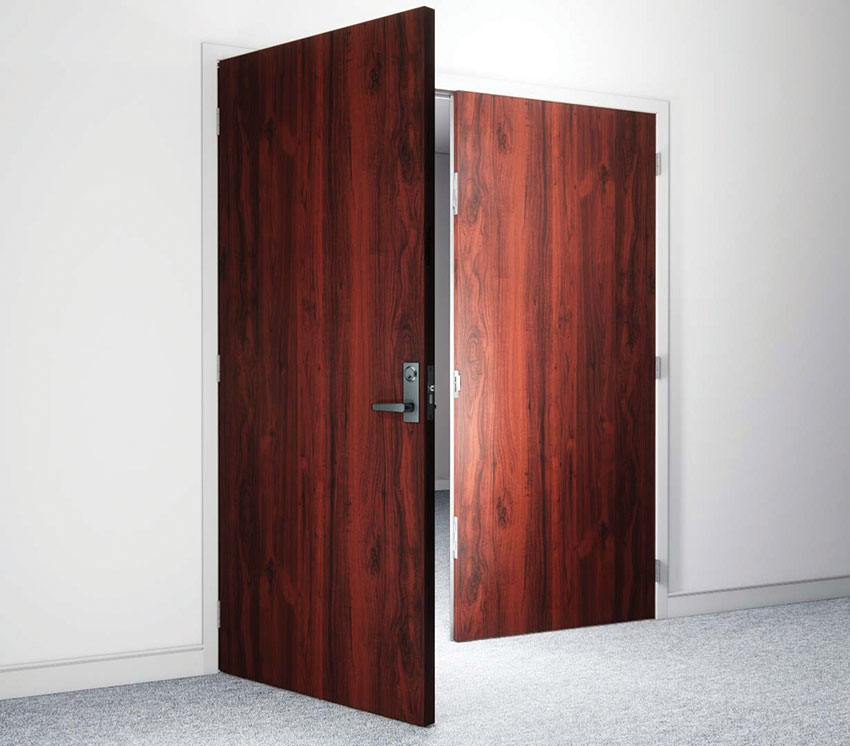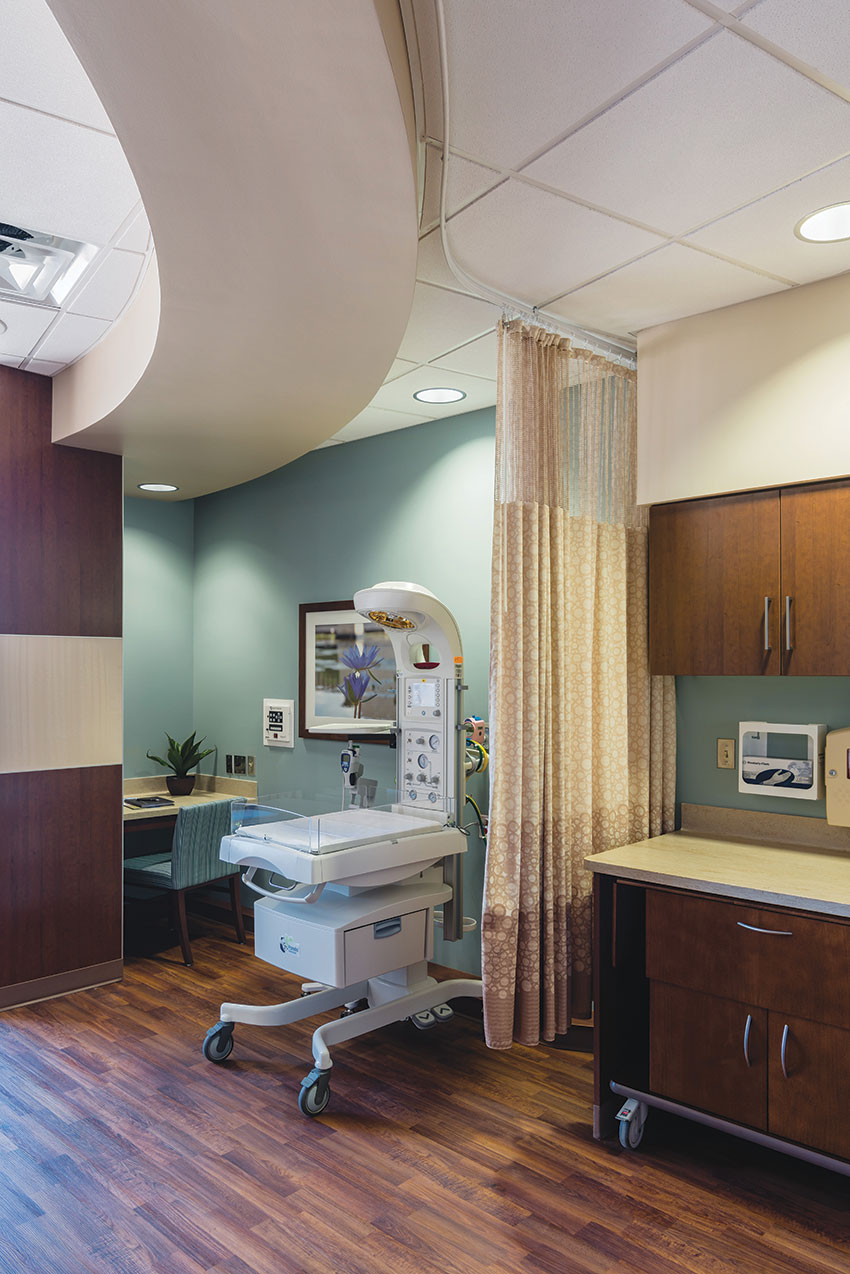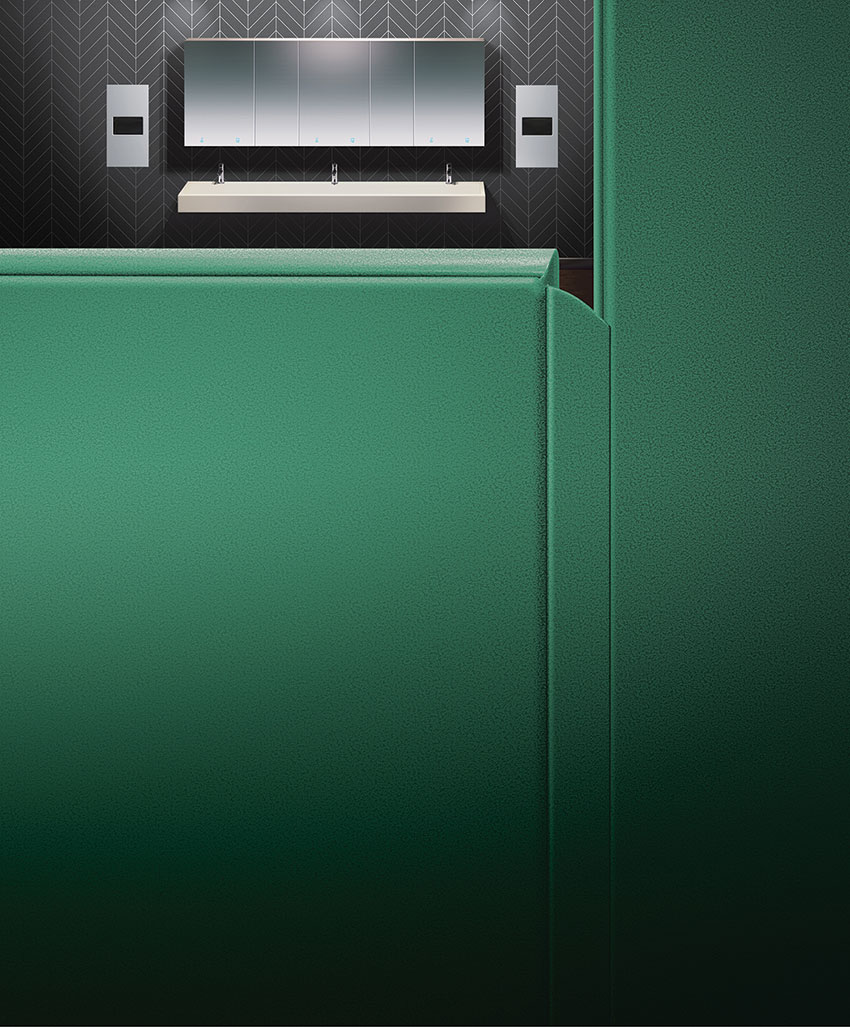This CE Center article is no longer eligible for receiving credits.
The COVID-19 pandemic has shifted the dynamics in the U.S. healthcare value chain, reports McKinsey & Company.1 Since 2020, the healthcare industry has experienced radical changes and challenges. The enhanced role of technology and a shift towards value-based care have been transformative. Value-based payment models now reimburse healthcare providers based on the quality, rather than the quantity, of care delivered. Therefore, understanding and evaluating the patient experience is indispensable to improving healthcare quality and enabling healthcare partners to make the shift toward patient-centered care.
In addition to these changes, today’s healthcare spaces also face increasing regulations. Despite the challenges, design and construction product industries have responded, allowing healthcare professionals to better adapt and accommodate to heightened and changing expectations.
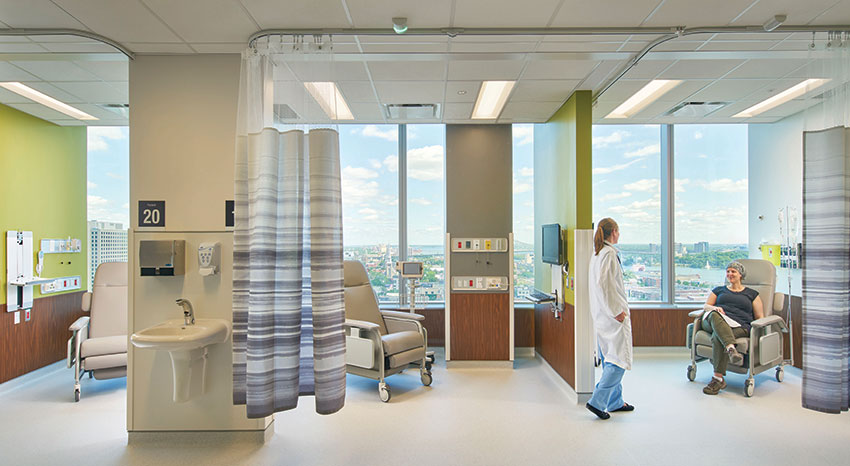
Photo courtesy of Inpro
Enriching the patient experience is a growing focus for healthcare design.
ENHANCING PATIENT COMFORT WITH INNOVATIVE PRODUCTS
When it comes to a hospital stay, research from the Wexner Medical Center shows patients and family members care deeply about privacy, accessibility, and comfort in their rooms, and that these very attributes can help patients recover from illness or surgery.2
“When we’re sick and feeling vulnerable, it’s especially important to feel in control of our surroundings—privacy, room temperature, lighting, window blinds, and having our things within reach,” says Emily Patterson, an associate professor at The Ohio State University College of Medicine, School of Health and Rehabilitation Sciences.3 Research findings from Patterson and her colleagues show that patients expect a hospital room that provides them with the core components of comfort to support healing, a space that facilitates a strong sense of connection to people and the outside world, a layout that enables quick and independent access to the patient’s things, and design that offers suitable levels of control to the patient throughout their hospital stay.4
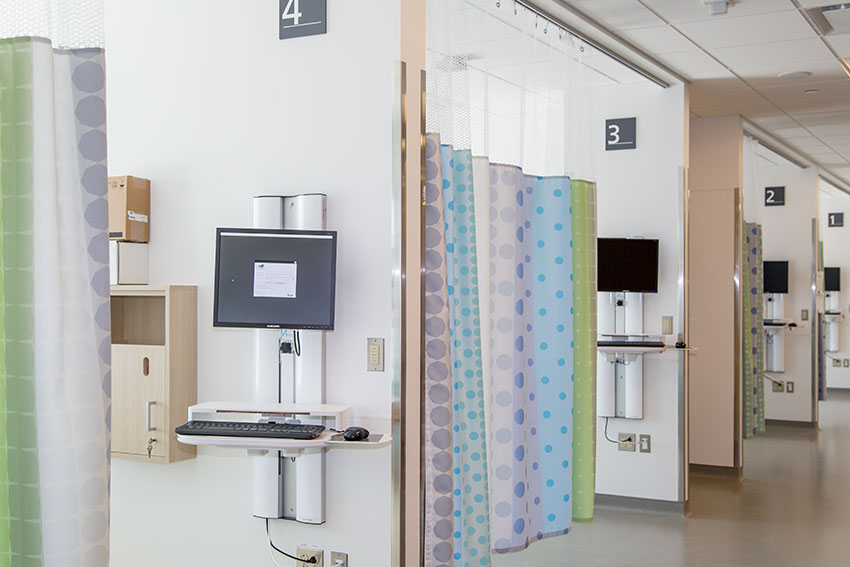
Photo courtesy of Inpro
Privacy curtains create a valuable sense of place for patients, however managing their impact on auditory loads is an important–and overlooked–design factor. New materials and design facilitate quieter operation that minimizes noise disturbance.

Photo courtesy of Inpro
Minimizing disruption to patient rest is critical in the healthcare setting. Cubicle curtains also create privacy and can enhance the ambiance of the environment.
The team at Wexner analyzed the comments and data collected during their research to create codes grouped on physical room space or need. From this, the researchers developed a theoretical design framework showing the key expectations for hospital room elements.
To help patients feel more comfortable, the research from Wexner found that patients need to have control of their privacy, including avoiding being “on display” to people in the hallway by having a privacy curtain at the room door, which they can control. Inside the room, patients want to use the bathroom without being seen or heard by visitors. In the highly sensitive healthcare environment, the effect of unwanted noise or exposure can be significant, aggravating patients’ health issues and impacting staff performance.
The Unseen Impacts of Noise in Healthcare Spaces
Securing a healing environment from unwanted noise and interruption can be challenging. In 1859, Florence Nightingale is credited with focusing attention on the impact of noise, saying “Unnecessary noise, or noise that creates an expectation in the mind, is that which hurts a patient.” Unfortunately, the auditory environment of the 21st century hospital is substantially louder, more complex, and more difficult to control than that of Nightingale’s time. While curtains offer added privacy for patients, their operation can compound this environment.
The noise generated by privacy curtains is often overlooked. The opening and closing of privacy curtains in a patient’s room contributes to noise levels. Traditional aluminum track noise ranks somewhere between the decibels generated by a busy residential road (80 dBA) and the inside of a bus (90 dBA). Numerous reports and studies point to the harmful effects of escalating or sudden noise, which include fractured sleep and slower healing. Long-term exposure to noise has been connected to a host of negative health impacts, from sleep disturbance and annoyance to the less-studied impacts on cardiovascular health, the metabolic system, and the cognitive development of children, notes Debra Levin.5
Sleep interruption caused by noise has a significant negative impact on health and healing. Intensive care psychosis or delirium has been directly linked to environmental stressors, including noise, sleep deprivation, and social isolation.
However, with innovations in material and product technology, the design community has more resources to secure privacy while also combatting noise in healthcare environments. Advances in curtain track design and materials, which allow the track to be bendable, also offer much quieter operation. New bendable curtain track operates at the more comfortable level of conversational speech (70 dBA) or less. Not only does the track minimize unwanted noise, but it also conforms to unique designs, allowing for better control of the space and movement for care.
A bendable curtain track was selected for all areas requiring privacy curtains at the St. Joseph Medical Center NICU in Tacoma, Wash. The track uses a recycled aluminum core coated in ABS to significantly reduce the decibels associated with curtain operation. The curtain track and carriers proved to be 75% quieter than the carrier-style track they replaced. The old curtain rail and carrier relied on a plastic carrier in a metal track, which tended to get stuck and slide, creating rattling. The plastic and metal together produced excessive noise. Average curtain noise, pre-renovation, was measured at 67 dB(A). Average measurement after the completed renovation, in areas using new, bendable curtain track, showed a standard measurement of 48 dB(A).
The COVID-19 pandemic has shifted the dynamics in the U.S. healthcare value chain, reports McKinsey & Company.1 Since 2020, the healthcare industry has experienced radical changes and challenges. The enhanced role of technology and a shift towards value-based care have been transformative. Value-based payment models now reimburse healthcare providers based on the quality, rather than the quantity, of care delivered. Therefore, understanding and evaluating the patient experience is indispensable to improving healthcare quality and enabling healthcare partners to make the shift toward patient-centered care.
In addition to these changes, today’s healthcare spaces also face increasing regulations. Despite the challenges, design and construction product industries have responded, allowing healthcare professionals to better adapt and accommodate to heightened and changing expectations.

Photo courtesy of Inpro
Enriching the patient experience is a growing focus for healthcare design.
ENHANCING PATIENT COMFORT WITH INNOVATIVE PRODUCTS
When it comes to a hospital stay, research from the Wexner Medical Center shows patients and family members care deeply about privacy, accessibility, and comfort in their rooms, and that these very attributes can help patients recover from illness or surgery.2
“When we’re sick and feeling vulnerable, it’s especially important to feel in control of our surroundings—privacy, room temperature, lighting, window blinds, and having our things within reach,” says Emily Patterson, an associate professor at The Ohio State University College of Medicine, School of Health and Rehabilitation Sciences.3 Research findings from Patterson and her colleagues show that patients expect a hospital room that provides them with the core components of comfort to support healing, a space that facilitates a strong sense of connection to people and the outside world, a layout that enables quick and independent access to the patient’s things, and design that offers suitable levels of control to the patient throughout their hospital stay.4

Photo courtesy of Inpro
Privacy curtains create a valuable sense of place for patients, however managing their impact on auditory loads is an important–and overlooked–design factor. New materials and design facilitate quieter operation that minimizes noise disturbance.

Photo courtesy of Inpro
Minimizing disruption to patient rest is critical in the healthcare setting. Cubicle curtains also create privacy and can enhance the ambiance of the environment.
The team at Wexner analyzed the comments and data collected during their research to create codes grouped on physical room space or need. From this, the researchers developed a theoretical design framework showing the key expectations for hospital room elements.
To help patients feel more comfortable, the research from Wexner found that patients need to have control of their privacy, including avoiding being “on display” to people in the hallway by having a privacy curtain at the room door, which they can control. Inside the room, patients want to use the bathroom without being seen or heard by visitors. In the highly sensitive healthcare environment, the effect of unwanted noise or exposure can be significant, aggravating patients’ health issues and impacting staff performance.
The Unseen Impacts of Noise in Healthcare Spaces
Securing a healing environment from unwanted noise and interruption can be challenging. In 1859, Florence Nightingale is credited with focusing attention on the impact of noise, saying “Unnecessary noise, or noise that creates an expectation in the mind, is that which hurts a patient.” Unfortunately, the auditory environment of the 21st century hospital is substantially louder, more complex, and more difficult to control than that of Nightingale’s time. While curtains offer added privacy for patients, their operation can compound this environment.
The noise generated by privacy curtains is often overlooked. The opening and closing of privacy curtains in a patient’s room contributes to noise levels. Traditional aluminum track noise ranks somewhere between the decibels generated by a busy residential road (80 dBA) and the inside of a bus (90 dBA). Numerous reports and studies point to the harmful effects of escalating or sudden noise, which include fractured sleep and slower healing. Long-term exposure to noise has been connected to a host of negative health impacts, from sleep disturbance and annoyance to the less-studied impacts on cardiovascular health, the metabolic system, and the cognitive development of children, notes Debra Levin.5
Sleep interruption caused by noise has a significant negative impact on health and healing. Intensive care psychosis or delirium has been directly linked to environmental stressors, including noise, sleep deprivation, and social isolation.
However, with innovations in material and product technology, the design community has more resources to secure privacy while also combatting noise in healthcare environments. Advances in curtain track design and materials, which allow the track to be bendable, also offer much quieter operation. New bendable curtain track operates at the more comfortable level of conversational speech (70 dBA) or less. Not only does the track minimize unwanted noise, but it also conforms to unique designs, allowing for better control of the space and movement for care.
A bendable curtain track was selected for all areas requiring privacy curtains at the St. Joseph Medical Center NICU in Tacoma, Wash. The track uses a recycled aluminum core coated in ABS to significantly reduce the decibels associated with curtain operation. The curtain track and carriers proved to be 75% quieter than the carrier-style track they replaced. The old curtain rail and carrier relied on a plastic carrier in a metal track, which tended to get stuck and slide, creating rattling. The plastic and metal together produced excessive noise. Average curtain noise, pre-renovation, was measured at 67 dB(A). Average measurement after the completed renovation, in areas using new, bendable curtain track, showed a standard measurement of 48 dB(A).
Securing STC Ratings
As efforts accelerate to improve the patient experience and generate better IEQ and safety, the standards applied to healthcare buildings across the board are becoming more stringent. The noise normally occurring inside rooms is often referred to as “background noise,” notes a research team headed by Timothy Hsu. “In hospitals, background noise can result from a variety of sources including air-conditioning systems, medical devices such as respirators, and occupant sounds, such as conversation. Impulsive noises, or very loud, short duration events, are also commonly found in hospitals (e.g., doors slamming, metal-to-metal contact, alarms).”6 The World Health Organization recommends maximum daytime background noise in hospital patient rooms of 35 decibels during the day and 30 decibels at night.
Under the weight of research and recommendations, acoustic requirements for healthcare spaces have been raised. The Sound Transmission Class (STC) levels have been raised by a minimum of 5 points in both patient spaces as well as in examination areas.
To help design professionals engineer better acoustical environments, ASTM E90, ASTM E413, and ASTM E2964 assign products an STC rating, which is an average of their acoustic performance across 18 different sound frequencies. In a product with an STC rating of 50 or above, even very loud sounds such as operating machinery, musical instruments, and high-volume stereos are reduced to tolerable background sounds.
Under HIPAA regulations, speech privacy is mandated. Therefore, acoustic door assemblies have an extremely important role to play in healthcare facilities. Acoustic assemblies also abate the disquieting noise inherent in most hospital environments. Selected acoustic door assemblies should be independently tested to achieve the rated sound transmission loss. To make certain that acoustic requirements are met, door assemblies that need an STC rating of 35 or above should be noted on plans and classified as special assemblies.
For acoustic performance up to STC 46, lightweight panel engineering combined with level swing seal systems provides outstanding acoustic performance with easy operation. When installed following manufacturer guidelines, these openings can comply with ADA (ANSI 117.1) requirements. For STC 47 and above, cam lift hinges are used providing a compression seal between the door bottom and threshold.
Acoustic wood door and steel frame assemblies can now provide a rating up to STC 56. Face veneers are available in virtually every species, cut, and grade and can be finished with custom stain match or clear coat finishes. Stiles and rails are hardwood and vertical edges match face veneer. Plastic laminate face veneers are also available with hardwood edges. Fire-rated STC wood door and frame assemblies are available with ratings up to 90 minutes.
Selection of an acoustic wood or steel door and frame assembly is a successful strategy to secure noise reduction in healthcare environments. Leadership in Energy and Environmental Design (LEED)-rated and VOC-compliant acoustic steel door and frame, or wood door and frame, assemblies allow for the combination of outstanding sound transmission loss with the appearance of standard products. Not only can acoustic doors meet the enhanced STC requirements and qualify under green certification programs, but certain products can also comply with NFPA-80 as a fire-labeled product.
The best acoustic doors provide complete acoustic frames, perimeter and bottom seals, threshold, and astragal, that are all tested in accordance with ASTM E-90 and E-413 standards. It is imperative that the entire assembly is tested and provided as designed. Minor changes, such as supplementing a different threshold or bottom seal, can impact the overall STC rating.
PROMOTING PATIENT WELL-BEING BY DESIGN
In 1984, a landmark paper by Dr. Roger Ulrich helped establish the field of evidence-based design in healthcare. Patients in healthcare settings often experience high stress, either due to their physical condition or the difficulties and uncertainties of diagnostic procedures and testing. Ulrich’s research demonstrated that the use of artwork in healthcare settings leads to improved patient well-being and better health outcomes. Since Ulrich’s initial work, the field of evidence-based design has expanded and numerous studies show that artwork in patient rooms offers discernable benefits: promoting healing, relieving patients’ pain and stress, and increasing their overall well-being.
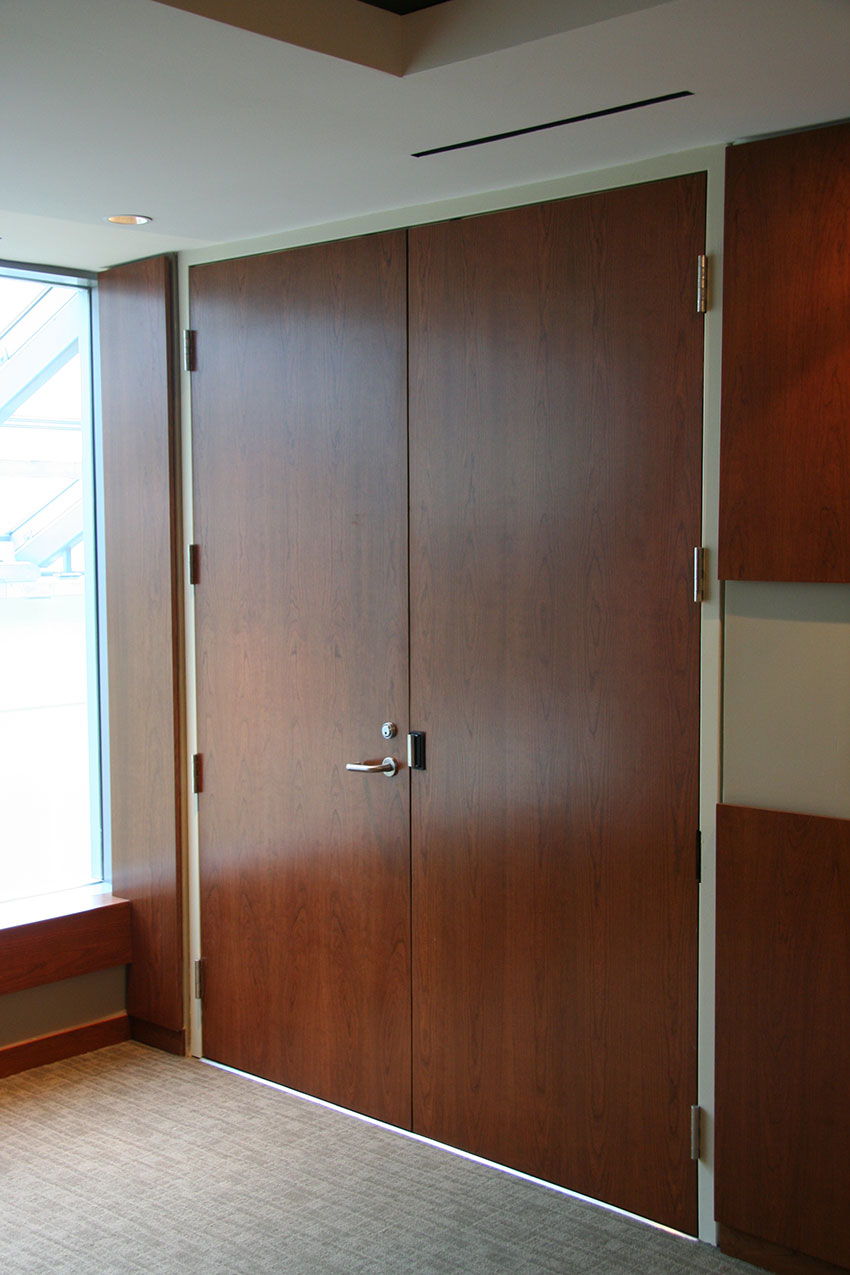
Photo courtesy of AMBICO
Enhanced design strategies and products are needed to meet acoustic requirements for healthcare spaces.
The American Congress of Rehabilitation Medicine (ACRM) lists multiple benefits from art therapy: art reduces stress, improves focus, helps one to better process emotions, enables a person to imagine a more hopeful future, and improves communication skills. Christianne Strang, a professor of neurosciences at the University of Alabama Birmingham and former president of the American Art Therapy Association says: “Creativity in and of itself is important for remaining healthy, remaining connected to yourself and connected to the world.”7
Using Art to Create Occupant-Centered Spaces
Value-based healthcare is the wave of the future for the medical industry. The organization of healthcare services through an approach that considers human needs in their entirety is yielding considerable opportunity for architectural expression. According to several studies, the humanization of healthcare spaces and contact with nature can empower the patient and have a positive impact by reducing stress and pain and improving emotional well-being.8
Besides art, using biophilia in medical facilities improves occupant mood, helps in healthcare, and can decrease time spent in recovery for patients. Studies have shown that looking at images of nature is healing, generating an impact similar to actually spending time in nature. Art, then, can become a crucial component of any healthcare space by bringing in the natural world.
Walls are one of the largest elements of the interior. Adding design integrated throughout wall protection gives walls an additional purpose while expanding their longevity and enhancing protection against damage. Durable wall panels can be used in high-traffic spaces prone to damage and deterioration. Specifying printed wall protection provides a protective wall covering that can be applied directly to the wall at virtually any size. When the graphic is back-printed onto clear sheet, like PETG, the custom artwork, photography, or image remains vivid and will not get scratched over time.
New digital imaging and printing techniques have enabled endless possibilities when it comes to adding art to architectural products, including wall coverings. Design professionals are no longer limited to solid colors or patterned wallpaper. Product design experts can work with clients to select imagery suited to their brand. Stock photography and curated artworks from artists can be showcased through architectural products. Any image can find a place on a project’s walls, signage, or even window treatments. Complete customization enables architects and designers to create unique, one-of-a-kind products that produce an unforgettable experience for building occupants. The colors, material, textures, and impact-resistance levels of these products also offer designers and facility staff limitless options to enhance the aesthetics of a facility’s interior, while delivering much needed protection to the edifice itself.
Adding imagery throughout the built environment brings continuity to both the building and the occupant experience. With the right materials, design professionals can craft a striking design and ensure sustainability, enhance the patience experience, and secure significant savings by stopping damage before it happens. Thanks to innovations in technology, facility designers no longer have to compromise their visions with drab institutional products, nor do they have to sacrifice durability for aesthetics.
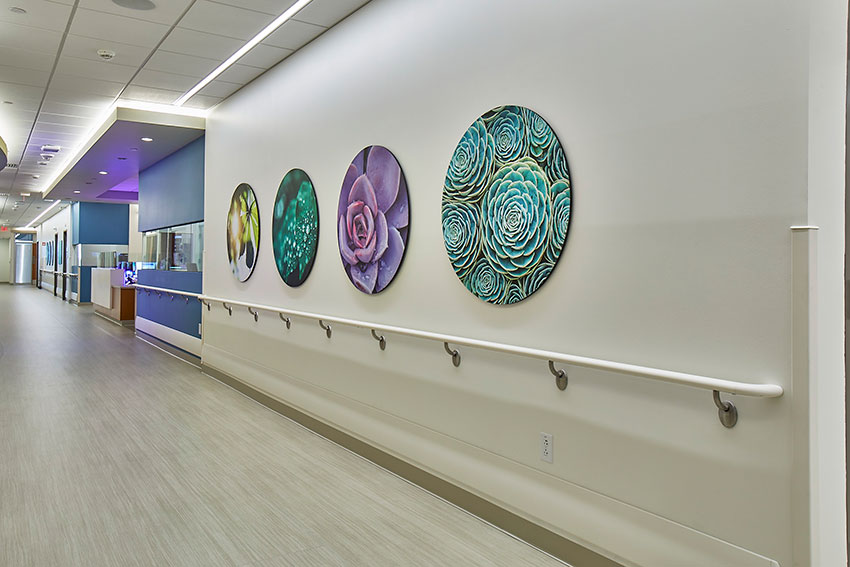
Photo courtesy of Inpro
Art elements humanize the healthcare experience, reducing stress and even enabling better emotional processing.
Selecting Imagery Products
The investment in high-quality wall protection products makes it much easier to maintain a clean, well-kept facility appearance that makes a positive impression on both patients and staff. Wall protection panels may be a new expense, but they can eliminate hidden maintenance costs while offering the additional opportunity of hosting art to improve the overall experience.
Architects and design professionals can slow the inevitable wear and tear by thinking long-term and specifying products that not only preserve their design and artistic vision, but also serve building owners in preserving a structure long after the ribbon is cut. This can mean, in high use areas, selecting products that protect the planned interior from accruing damage in the first place.
Door and wall protection products maintain the designer and architects’ original vision for the facility, long into the building’s life. Protective wall coverings are engineered with rigid sheet wall protection to endure the toughest commercial damage. When beginning a new construction or renovation project, it is wise to engage in predictive planning. Predictive planning specifically identifies the potential causes and levels of abuse, and then matches the targeted wall protection based on its size, impact absorption, weight bearing, and desired aesthetic.
Targeted wall protection is a set of specific products designed to absorb impact and protect the underlying wall. These products cover only part of the wall, but function to provide a higher level of impact resistance. Examples include corner guards and wall guards.
Wall guards perform as their name implies: these products guard the wall. Sometimes wall guards are referred to as crash rails. The two most-common forms are multi-component systems and single material systems. Wall guards are designed to take impact dead on, into the face of the guard. Cover materials include all extruded plastics, and some may contribute to LEED credits. They offer long service life with durable cover and end caps, which can be replaced.
Corner guards are considered to be the unsung heroes of interior protection. Corners in corridors are some of the most vulnerable places in a building. Because corners are the outermost joint of the wall, their position makes them highly susceptible to damage. Corner guards may stop above the base trim, or they may extend to the floor, which also reinforces the wall base. The two most-common forms of corner guards are multi-component systems and single material systems.
“The possibilities are exponential when using imagery on printed wall protection relating to experiential design and biophilia. Your wall can not only take an impact, but also make an impact,” says Ryan Roessler, product manager of Door and Wall Protection at Inpro.
Imagery has the demonstrable power to inherently create a connection and experience for patients within the healthcare environment. With advances in graphic and product technology, designers can incorporate high-end, digital artwork and imagery optimized for these spaces, which might otherwise be merely functional.
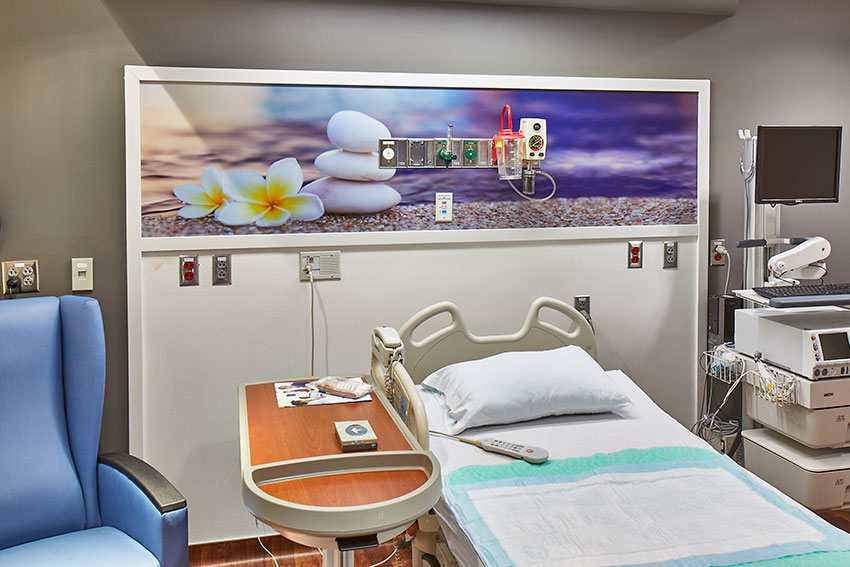
Photo courtesy of Inpro
Enhancements to printing capabilities allow for image incorporation across a wide range of architectural products. This allows endless possibilities to customize design and aesthetics, as well as beautify all patient spaces.
ENHANCING PATIENT SAFETY
The research conducted by Emily Patterson and her team at the Wexner Medical Center found that patients need a sense of security, particularly during a hospital stay. How patients defined security included knowing the identity of personnel entering the room and their role, having a safe for valuables in the room and maintaining independent access to their belongings.
General hospitals have a range of high-performance needs, from sound abatement and hygiene to newer concerns centered on physical security and cyber security. The door industry has made significant strides in responding to these market requirements and standards. Specialty door and frame assemblies have been developed that are designed specifically for the healthcare environment where performance criteria are critical.
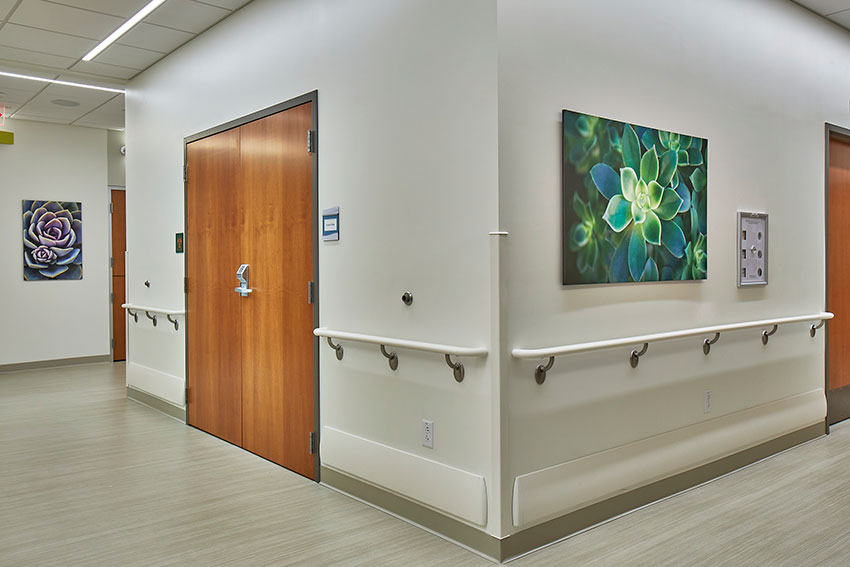
Photo courtesy of Inpro
Wall protection products preserve the integrity of interior spaces and allow for higher durability and ease of maintenance.
Safe and Secure
According to the International Association for Healthcare Security and Safety’s (IAHSS) Foundation 2022 Healthcare Crime Survey, disorderly conduct is the most frequently reported hospital incident.9 Violent crimes and security incidents rose in 2021, after spiking in 2014 and plateauing from 2015 to 2020.110
After the notable increase in incidents in 2014, more hospitals began building security strategies into their design plans. IAHSS Security Design Guidelines for Healthcare Facilities was created in collaboration with the American Society for Health Care Engineering (ASHE). The IAHSS design guidelines were introduced in 2014 and have been updated three times since their launch. “Hospitals that haven’t effectively designed for security often end up doing expensive retrofits after a security incident occurs,” notes Dave Brown, CPP, CHPA, executive director for integrated protection services at Fraser Health, Vancouver, B.C.11
Specialty door manufacturers can provide state-of-the-art security doors and frames where patient or personnel security is a key concern. Top performing door and frame assemblies have been approved for use by the New York State Office of Mental Health (Industry Gold Standard) in their Patient Safety Standards, Materials and Systems Guidelines.
Security doors are a responsible choice for areas in healthcare with an increased need for security, such as patient rooms in psychiatric hospitals, patient spaces in healthcare facilities, and locations where patient or personnel security is a concern.
Security door assemblies are available that interface with conventional heavy weight anti-ligature builders’ hardware. Wood face veneers can be matched to the overall building standard; stainless steel doors are also available. Security doors use a steel core for durability and strength. Some assemblies may use anti-barricade doors, which are able to open in either direction or assemblies with breakaway stops, to allow access to the door and change its swing.
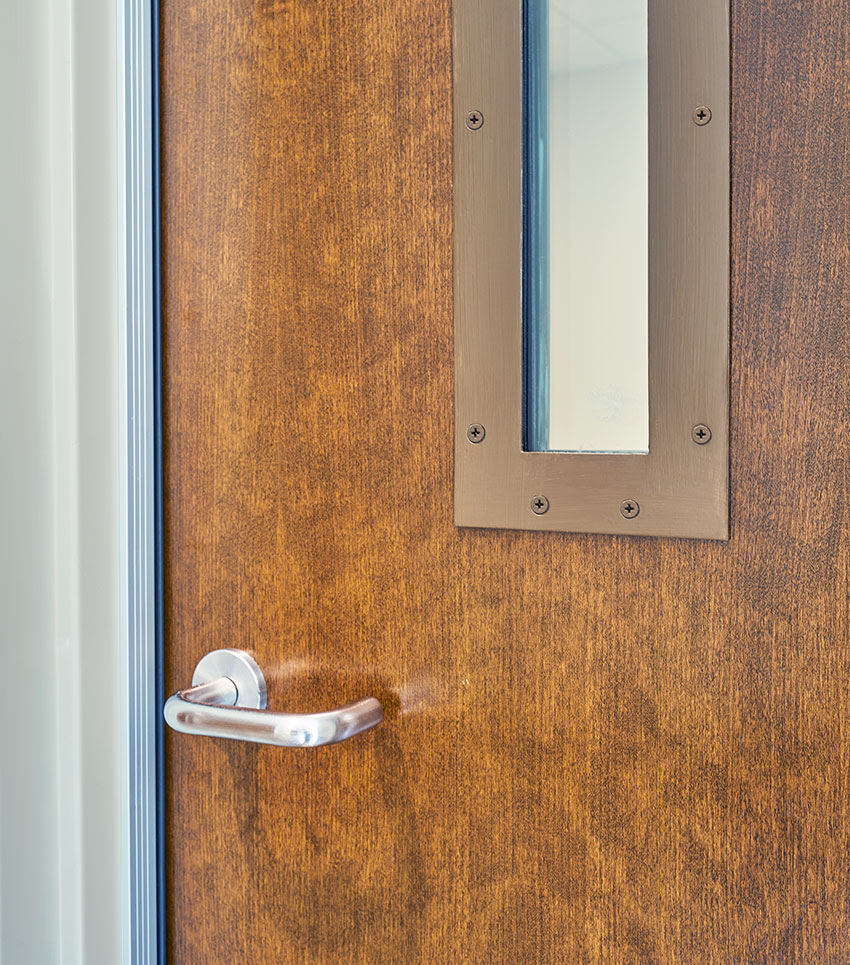
Photo courtesy of AMBICO
Using bullet-resistant products, like this door assembly, allows for greater confidence in security measures in sensitive healthcare settings.
Bullet-Resistant Doors and Frames
Unfortunately, healthcare staff may face increasing security threats. Designing healthcare buildings with bullet-resistant products allows a higher level of protection and confidence in security measures for staff and patients. Performing a security analysis and targeting these solutions to areas of key concern, such as emergency rooms (ER) or mental health areas, creates a safer environment for all occupants.
Bullet-resistant doors are certified and supplied as a complete assembly: frame, door(s), and any bullet-resistant glass if a vision lite kit is specified. Whether doors are required in steel or in wood finishes, independently tested products are certified to resist attack, ranging from small arms handguns to military assault rifles. Bullet-resistant doorframes and assemblies are tested under UL 752, and assigned a rating level from 1 to 10, indicating how resistant the unit is to gunfire. Bullet-resistant requirements have been raised from a standard of Level 3 to Level 4 in most ER specifications.
Specialty Concerns: Hygiene and Radio Frequency
Door assemblies in the healthcare environment often need to satisfy multiple criteria, including fire ratings, acoustic requirements, ADA regulations, and safety measures. In addition, hospital and medical doors have other unique challenges.
In an environment directly concerned with cleanliness, doors are a high-touch area, so hygiene parameters become crucial. Stainless steel doors, beyond durability and service life, offer superior cleanliness for use in healthcare facilities. Stainless steel washes easily and is corrosion resistant and compatible with a variety of cleaning chemicals. Additionally, stainless steel is naturally antimicrobial, making it easy to sanitize. Stainless steel assemblies prove an excellent choice for use in ICU and operating room environments.
Sanitary bases may be added to a door assembly. A sanitary base modifies the doorframe by eliminating extra corners at the frame sills, making it easier to clean and mop at the frame sills. Stainless steel products can be custom designed and produced in a range of alloys including #304 and #316.
Healthcare buildings also have a distinctive need for lead-lined and radio frequency-rated doors and frames. IEEE 299 is the standard method for measuring the effectiveness of electromagnetic shielding enclosures. The shielding effectiveness testing occurs at frequencies from 9 kHz to 18 GHz (extendable to 50 Hz and 100 GHz, respectively) for enclosures having all dimensions greater than or equal to 2.0 m.12 The purpose of this standard is to provide the following: a) A standard procedure for the measurement of the effectiveness of shielded enclosures, in a broad range of radio frequencies (RFs), including a minimum set of recommended frequencies; b) Identical procedures applicable to frequencies other than the standard set; c) An optional measurement technique to detect the nonlinear behavior of high-permeability ferromagnetic enclosures.13
Under IEEE 299, conventional X-ray rooms, PET scan theatres, or modern CyberKnife clinics face a demanding requirement to contain radiation within those treatment areas, as well as protect against interference from radio waves, which can be generated by cell towers, radio stations, and even computers. Protection from radio frequency is particularly important in rooms housing magnetic resonance imaging (MRI) machines. Protective shielding is required in any room where radiation is used. This shielding must be designed by a qualified expert and requirements may affect both the location of the radiation facilities and the type of building construction. Shielding must also comply with National Council on Radiation Protection and Measurements (NCRP) Report No. 147. Requirements are based on energy, workload, orientation, distance, occupancy, material, and code and health requirements. These factors influence the predetermined thickness of lead in walls, doors, windows, and other components.
Door assemblies for areas requiring shielding are available, with lead lining measuring from 1/32” in thickness to over 1” lead thickness. A commonly specified amount is 1/16” lead lining, which equates to 4 pounds of lead per square foot. Manufacturers can provide lead-lined door assemblies that combine protection against radiation with the appearance of standard door and frame products, providing a matching aesthetic.
Radio frequency (RF) and electromagnetic interference (EMI) door and frame assemblies provide operational certainty when combined with complementary constructed rooms. RF shielding doors are measured in decibels and over a range of frequencies. Performance can be specified for a specific band of frequency or to attenuate across a spectrum. Frequently RF assemblies have acoustic as well as RF shielding ratings. Seals on RF assemblies are critical; these must be supplied as dictated by performance requirements, as the seal aids in conducting electromagnetic energy.
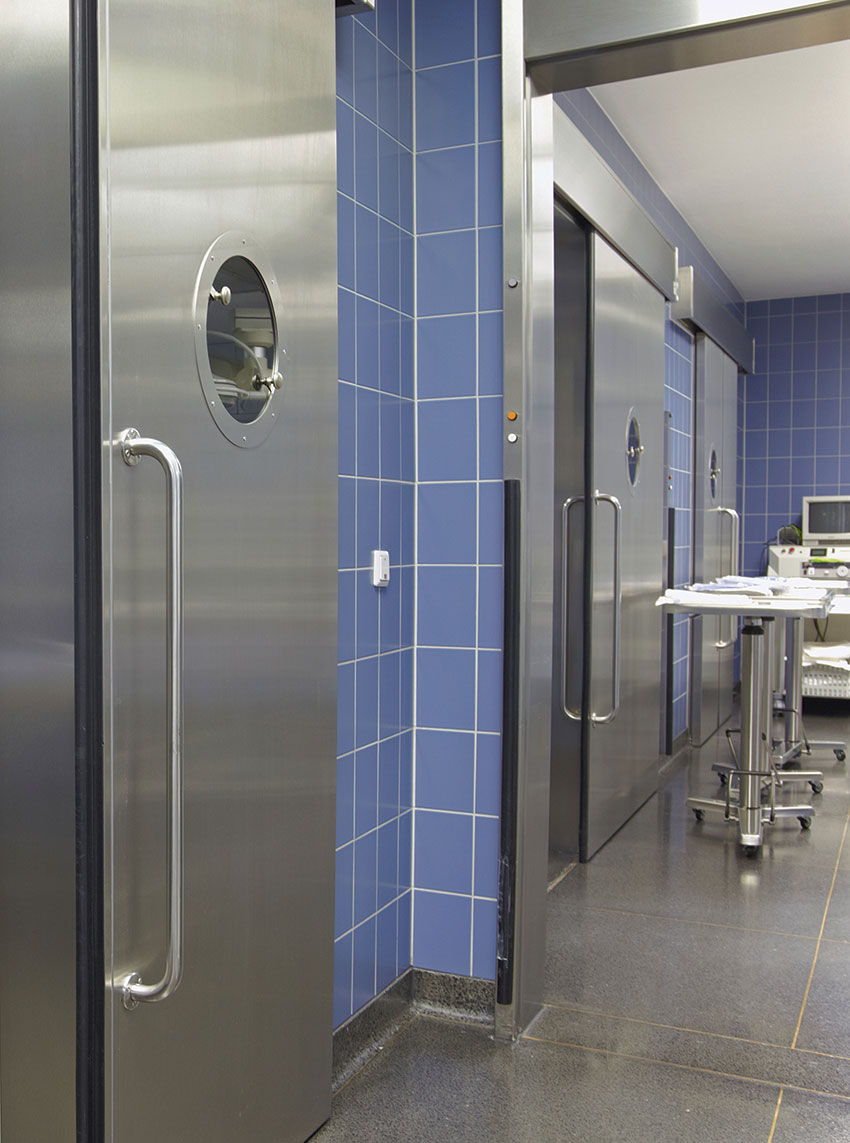
Photo courtesy of AMBICO
Stainless steel doors offer superior cleanliness for high-touch areas.
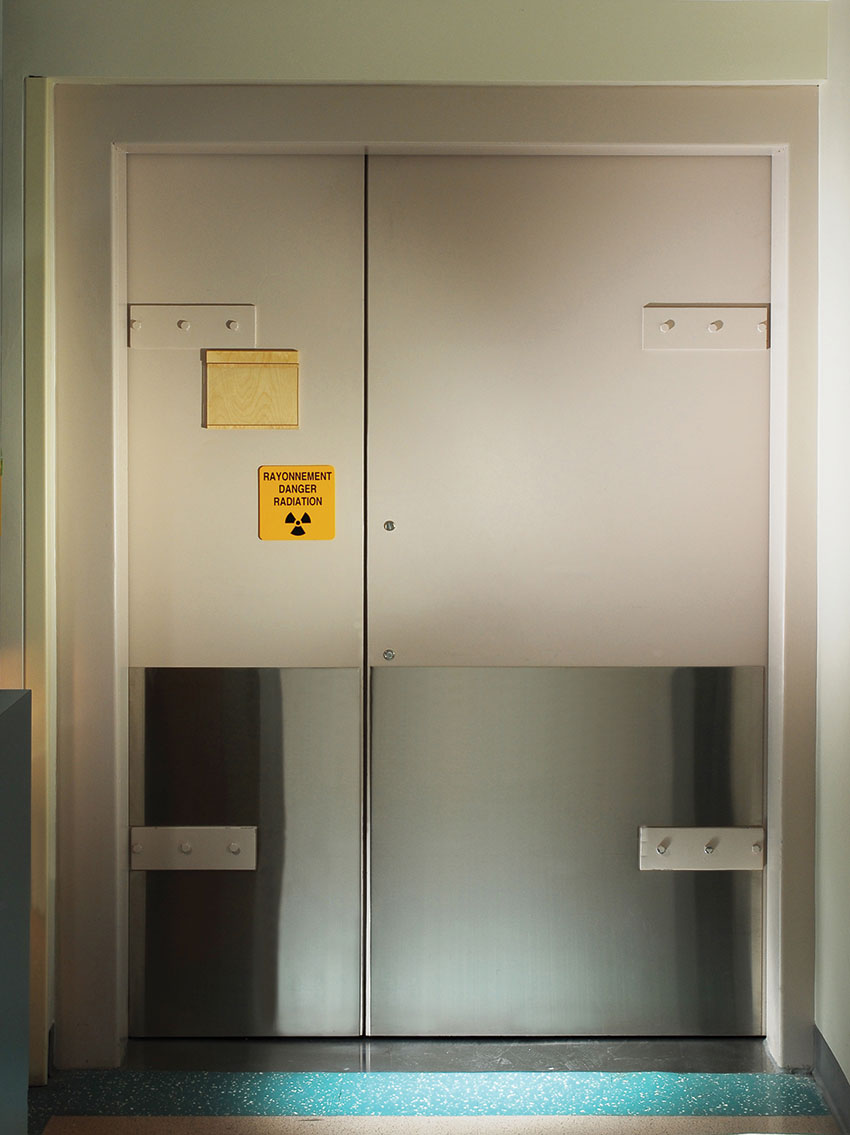
Photo courtesy of AMBICO
Special door assemblies provide radiation protection for medical imaging.
PARTNERING FOR SUCCESS
The colors, materials, textures, and qualification levels of specialized healthcare products offer designers and facility staff limitless options to enhance the aesthetics of a facility’s interior while delivering much-needed protection and well-being. Thanks to innovations in technology, designers no longer have to compromise their vision or sacrifice durability for aesthetics.
Combining the Right Materials with Powerful Design to Prevent Damage
Harnessing the power of art to protective wall coverings means taking one of the largest interior spaces and putting it to dual use. Not only does art promote patient well-being, but the protective products also keep the facility damage-free, providing the building itself with a dose of preventative medicine.
Protective wall coverings are engineered with rigid sheet wall protection to endure the toughest commercial damage. When beginning a new construction or renovation project, engaging in predictive planning will specifically identify potential causes and levels of abuse. Targeted wall protection can then be matched, based on its size, impact absorption, weight bearing, and desired aesthetic.
Predictive planning questions can focus on the following elements:
Selecting the right material. What level of impact resistance is needed? What type of material makes up the wall? Does the material need to be nonporous, or have the ability to endure frequent, stringent cleaning protocols without fading, warping, or staining?
Sheets versus rolls. Sheets allow for higher levels of impact resistance. Rolls can accommodate half-wall or wainscot applications and provide a significant reduction in seams, which gives a smoother, less interrupted finish.
Finishing touches. When deciding between a trim versus caulk finish, trim provides a more highly finished look to the installation but is more expensive to furnish and install. Caulks finish the seam only.
Adding imagery, wood grain, colors, or patterns to the protective elements.
Ensuring proper installation. Smooth and proper adhesive installation is critical. As with all wall coverings, proper surface preparation and adhesive are critical to prevent mold formation behind wall cladding.
Ensuring Specialized Performance
Frequently, specialized product assemblies that are developed and manufactured to meet highly specialized criteria are used in less than 5% of the door openings in a large hospital. The unique design characteristics of these assemblies and products can be confusing for design professionals and specification writers. Frustration and delay can ensue if products are not properly budgeted and lead times are not accurately estimated. The products are complex to develop and take many years to be introduced to the marketplace. Critically, even making "tweaks" to product performance criteria can lead to significant engineering challenges and complex new certification criteria. Architects and specifiers should rely on the decades-long experience of their preferred industry partner. The credibility of firms in this field is paramount to a successful product supply and installation.
“Working with industry professionals ranging from AIA-certified architects to manufacturers to installers in the field is sure-fire way to assure that a highly technical product designed for specific purposes meets the needs of the building owner,” says Jack Shinder, President, AMBICO.
END NOTES
1Singhal, Shubham and Neha Patel. “The future of US healthcare: What’s next for the industry post-COVID-19?”. July 19, 2022. McKinsey & Company.
2Patterson ES, Sanders EB-N, Sommerich CM, Lavender SA, Li J, Evans KD. Meeting Patient Expectations During Hospitalization: A Grounded Theoretical Analysis of Patient-Centered Room Elements. HERD: Health Environments Research & Design Journal. 2017;10(5):95-110. doi:10.1177/1937586717696700
3“Study Shows What Patients Need to Feel Comfortable During Hospital Stay.” Wexner Medical Center, The Ohio State University, Press release. May 12, 2017.
4Patterson ES, Sanders EB-N, Sommerich CM, Lavender SA, Li J, Evans KD. Meeting Patient Expectations During Hospitalization: A Grounded Theoretical Analysis of Patient-Centered Room Elements. HERD: Health Environments Research & Design Journal. 2017;10(5):95-110. doi:10.1177/1937586717696700
5Debra Levin. “Listen Up: Controlling Noise In Healthcare Spaces”. Healthcare Design. June 7, 2022 accessed on 9/22/2022.
6Hsu, T., Ryherd, E., Waye, K. P., & Ackerman, J. (2012). “Noise pollution in hospitals: impact on patients”. JCOM, 19(7), 301-9.
7“How The Brain Is Affected By Art.” Rehabilitation Medicine. American Congress of Rehabilitation Medicine. Retrieved May 17, 2023.
8Totaforti, S. “Applying the benefits of biophilic theory to hospital design.” City Territ Archit5, 1 (2018). Retrieved May 17, 2023.
9“2022 Healthcare Crime Survey: IAHSS Foundation."
10Ibid.
11Burmahl, Beth. “Hospital designs that provide safety and security.” Health Facilities Management. June 30, 2021.
12“IEEE 299 Shielding Effectiveness.” Keystone Compliance.
13"IEEE Standard Method for Measuring the Effectiveness of Electromagnetic Shielding Enclosures," in IEEE Std 299-2006 (Revision of IEEE Std 299-1997) vol., no., pp.1-52, 28 Feb. 2007, doi: 10.1109/IEEESTD.2007.323387.
Amanda Voss, MPP, is an author, editor, and policy analyst. Writing for multiple publications, she has also served as the managing editor for Energy Design Update.




